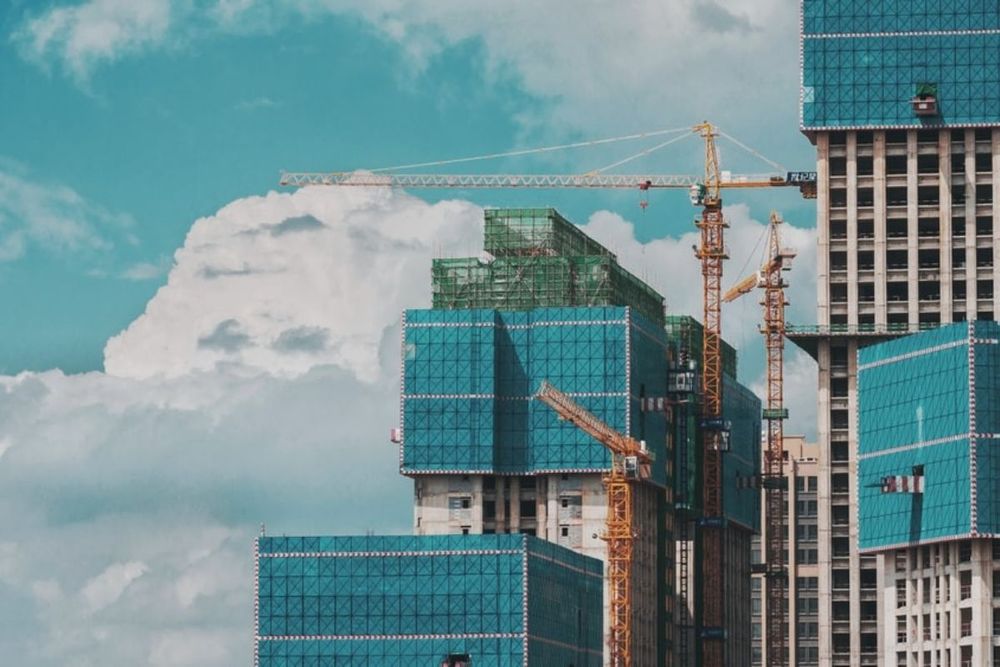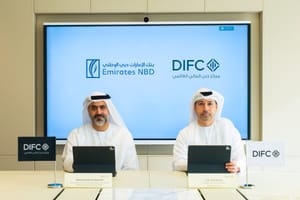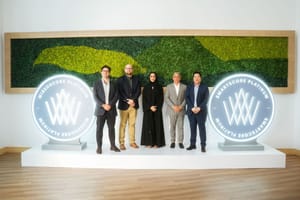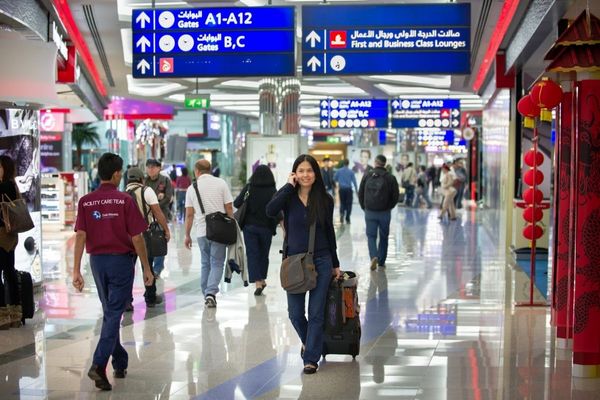The GCC construction sector got back on its feet in 2021 after a sharp contraction in 2020. Returning to growth, AEC (architecture, engineering, and construction) firms looked to the horizon and its many opportunities, which ranged from mass corporate refurbishments to accommodate hybrid working environments, to involvement in solar energy projects as the region shifts to sustainable infrastructure. As we move into 2022, here are the four trends that will govern the strategies of industry stakeholders across the Gulf.
New markets will emerge
In recent years, Dubai has been the epicentre of construction activity, with an impressive number of large-scale residential and commercial projects. Construction at Dubai Hills Mall, the Expo Conference and Exhibition Centre (Coex) Campus, and Deira Waterfront Development is a mere sample of recent and upcoming innovations.
But other centres of activity will emerge in 2022. Abu Dhabi has set its sights on establishing itself as a cultural hub, concentrating on museums, theatres and other venues that will bring renewed activity to the construction industry.
Saudi Arabia, meanwhile, is eyeing a range of smart city ventures that will see widespread AEC involvement, from utilities and sustainable energy grids to ground-breaking community designs. Qiddiya, in Riyadh, will focus on entertainment facilities, while the Red Sea project is expected to bolster tourism along the kingdom’s west coast. And the NEOM project alone is being touted as the means to reshape the construction industry. Its stakeholders intend to establish new best practices in planning, designing, and building residential spaces.
Significant steps towards sustainable energy
The Middle East Energy Transition report for 2021 indicates zero contract awards for oil-powered or gas-fuelled power stations in the Middle East and North Africa (MENA) in the first half of 2021. But in the same period, the region awarded $2.8bn of renewable energy projects to contractors.
To say that sustainable energy is the future has long been redundant. It appears to be very much ‘the now’. The UAE has already announced its plans to increase the contribution of clean fuels in its total energy mix from 25 per cent to 50 per cent by 2050. And Saudi Arabia’s Vision 2030 calls for half the kingdom’s electricity to be drawn from renewables and nuclear by 2030.
It is clear that the use of renewable energy, environmentally sustainable materials and the sustainable management of waste must now be top priorities for construction companies. Whether under lease or EPC agreements, these organisations must leverage the regionwide clean energy drive to be a major part of building a sustainable future.
Modular housing will mature
A recent Market Research Future report estimates the global modular construction market to reach $118.3bn by 2027. Many of Saudi Arabia’s megaprojects call for prefabricated methods, and the UAE government’s vision for sustainability demands advanced techniques in construction. Therefore, we can expect to see modular construction, and in a similar vein, the need for modular data centres, continuing to gain momentum throughout 2022.
By incorporating best practices from both the construction and manufacturing sectors, modular housing — such as the solutions offered by LINQ Modular — offers an efficient means to create high-quality dwellings in a controlled space and lessen onsite carbon-heavy activity. Building prefabricated houses in a precise, factory-controlled environment means these units can be reliably and repeatedly produced to the highest specifications with minimal resource wastage before being efficiently installed on site.
Digitalisation will become more pervasive
Architecture, engineering, and construction have all benefited greatly from digitisation in the past. But now we enter an era where nearly all business advantages emanate from the technology on hand and how it is used. All industries have their unique digital standards. In the construction sector, BIM (building information modelling) is central to current developments.
The technology allows the immersive and visual planning of the entire three-dimensional space of a project. Quality pre-construction, before ground is broken, ensures a successful outcome. BIM is critical to effective modular housing designs as it ensures each structure only uses the required amount of material with a minimal amount of waste. BIM is becoming a must-have for every construction business, changing the way the industry communicates and operates. Governments such as the US, Singapore, United Kingdom, and several EU members, are making BIM a required standard for all public-funded infrastructure projects. We can expect this list to expand in 2022.
So regional AEC firms will find themselves adopting BIM either through regulatory necessity or through a conscious decision to digitally transform. And as implementations reach maturity levels, efficiencies and cost benefits will accrue to adopters.
BIM goes hand in hand with augmented reality (AR), the technology that overlays virtual models on real-world environments so that users can safely interact with both, and with one another. AR will be critical in making BIM viable and accessible to on-site staff.
Get ready for change
The regional construction industry has been through its fair share of changes, but unlike the past, it isn’t just the bottom line that is now the primary driver of the market’s evolution. Many of the trends mentioned above feed into the need for sustainability, which will be mandatory to competitiveness of construction companies in the years to come. Rising up to these opportunities will not only offer up success, but set early-movers apart as industry role models and the preferred partners to governments and organisations that endeavour to lead the charge towards a sustainable future.
News Source: Gulf Business









